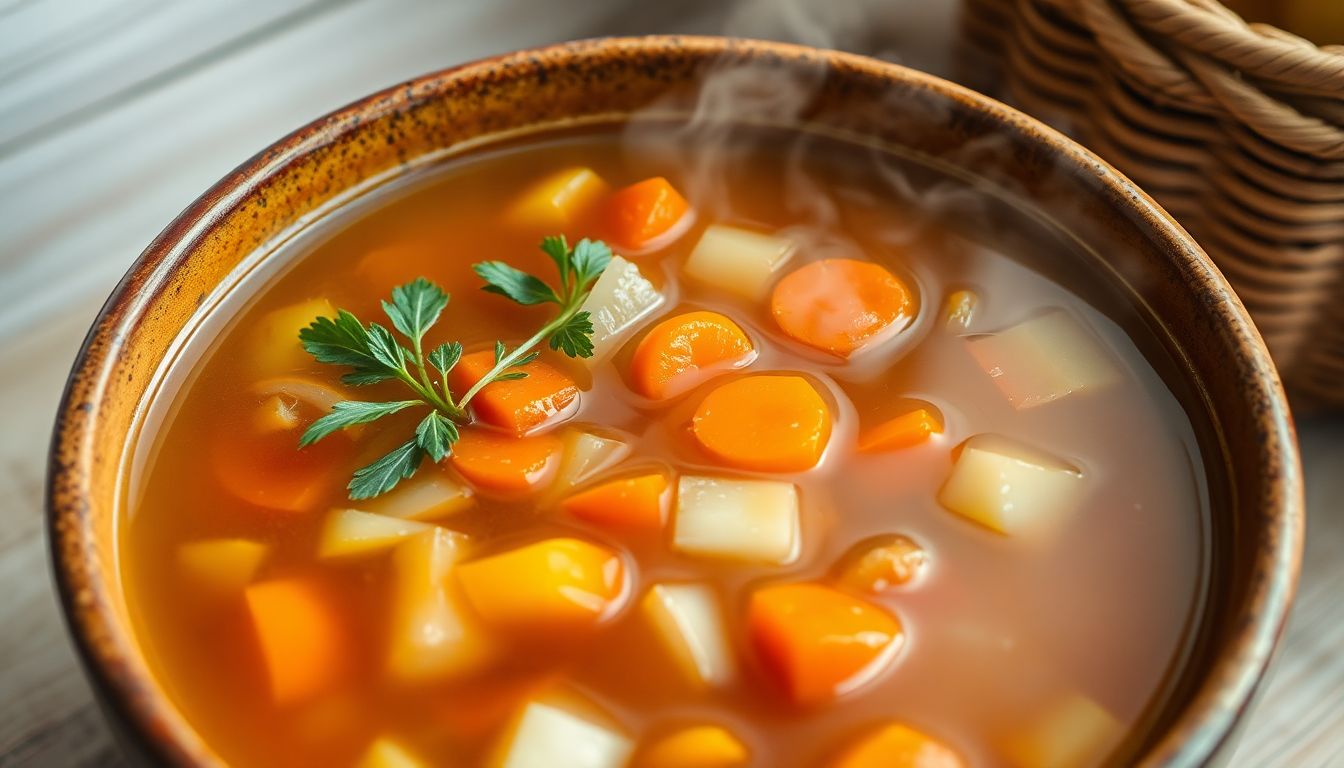Quick Pickling: Turn Veggies into Flavor-Packed Snacks

Ever find yourself wanting something crunchy and full of flavor, but also kinda healthy? Skip those processed snacks! Quick pickling might be your new best friend. It’s a fast, simple, and super flexible way to turn ordinary veggies into delicious treats.
Quick pickling is pickling without waiting forever. Unlike traditional pickling, it doesn’t require weeks of fermentation. This method uses a hot vinegar brine to quickly pickle vegetables. This gives them great taste and a satisfying crunch. Plus, they last longer!
Why Quick Pickling is Your New Favorite Snack Hack
More and more folks are discovering quick pickling as a better snack option. Store-bought snacks are often full of unhealthy stuff. Quick pickled vegetables let you control ingredients and enjoy real, vibrant flavors. What better alternative is there?
Health Benefits of Quick Pickled Vegetables
Vegetables are good for you. They are packed with fiber and vitamins. Quick pickling keeps most of those nutrients intact. Plus, it helps you use up veggies before they go bad! Less food waste is a win for your wallet and the planet.
Quick vs. Traditional Pickling: Speed and Simplicity
Traditional pickling relies on fermentation, a process that can take weeks or even months. Quick pickling skips the fermentation. You get tasty pickles in hours. Sure, quick pickles don’t last as long as the fermented kind, but they’re perfect for snacking.
Essential Equipment and Ingredients for Quick Pickling
Ready to dive in? Here’s what you’ll need to get started with quick pickling.
Basic Equipment: Jars, Pots, and Utensils
You don’t need fancy equipment. Canning jars are useful for storing your pickles. A saucepan is needed to make the brine. Measuring cups and spoons help with accuracy. Lastly, a good knife (or mandoline) is good for slicing vegetables. Use whatever size jars you like.
The Quick Pickling Brine: Vinegar, Water, Salt, and Sugar
The brine is the magic potion! Vinegar provides the tang. Water balances the acidity. Salt preserves and adds flavor. Sugar (or a substitute) balances the sourness. White vinegar is neutral. Apple cider vinegar gives a fruity taste. Rice vinegar is mild and sweet.
Vegetables that Thrive in a Quick Pickle
Cucumbers are classic! Carrots get a nice crunch. Onions turn sweet and tangy. Peppers add spice. Green beans stay crisp. Radishes offer a peppery bite. Slice veggies evenly so they pickle uniformly. Some vegetables benefit from a quick blanch before pickling.
Quick Pickling Step-by-Step: A Beginner’s Guide
Let’s walk through the quick pickling process together. It’s easier than you think.
Preparing the Vegetables: Slicing and Dicing
Wash and dry your chosen veggies. Slice them into uniform shapes. A mandoline can speed up the process, but be careful! Aim for even slices so they pickle evenly.
Making the Brine: Heating, Dissolving, and Flavoring
Combine vinegar, water, salt, and sugar in a saucepan. Heat over medium heat, stirring until the salt and sugar dissolve. Taste and adjust. Need more sweetness? Add more sugar! Want more tang? Add more vinegar!
Packing and Processing: Jarring and Refrigerating
Pack the vegetables into your clean jars. Leave about ½ inch of headspace at the top. Pour the hot brine over the vegetables, making sure they are covered. Let the jars cool to room temperature. Then, refrigerate for at least a few hours before eating.
Flavor Variations: Level Up Your Quick Pickles
Time to get creative. The basic quick pickle recipe is just a starting point.
Spice It Up: Adding Heat and Depth
Red pepper flakes will add some heat! Chili peppers pack a punch. Garlic gives it a savory aroma. Ginger brightens the flavor. Mustard seeds and peppercorns add complexity. Experiment with different amounts to find your perfect spice level.
Herbaceous Delights: Fresh and Dried Herbs
Dill is a classic pickle herb. Thyme adds an earthy note. Rosemary brings a woodsy aroma. Oregano gives Mediterranean flavor. Bay leaves add depth. Fresh herbs are great, but dried herbs work well too.
Sweet and Tangy: Balancing Flavors
Honey offers a natural sweetness. Maple syrup provides a richer flavor. You can even add fruit, like berries with onions, for a sweet and tangy twist. Play around with different combinations.
Serving and Storing Your Quick Pickled Snacks
Now that you have your pickles, how do you enjoy them? And how do you keep them fresh?
Creative Ways to Enjoy Your Pickled Vegetables
Add quick pickles to charcuterie boards for a tangy contrast. Toss them in salads for a burst of flavor. Pile them on sandwiches and tacos. Serve them as part of a crudité platter. Pair them with cheeses and meats. The possibilities are endless!
Proper Storage for Freshness and Longevity
Store your quick pickles in the refrigerator. They should last for several weeks. Always use a clean utensil to take out pickles. Discard any pickles that look or smell off. If your pickles get soft, they may have gone bad.
Conclusion
Quick pickling is a great way to create tasty snacks. It’s easy, healthy, and reduces food waste. You can use any vegetables and flavorings you like. So, what are you waiting for? Get pickling!






